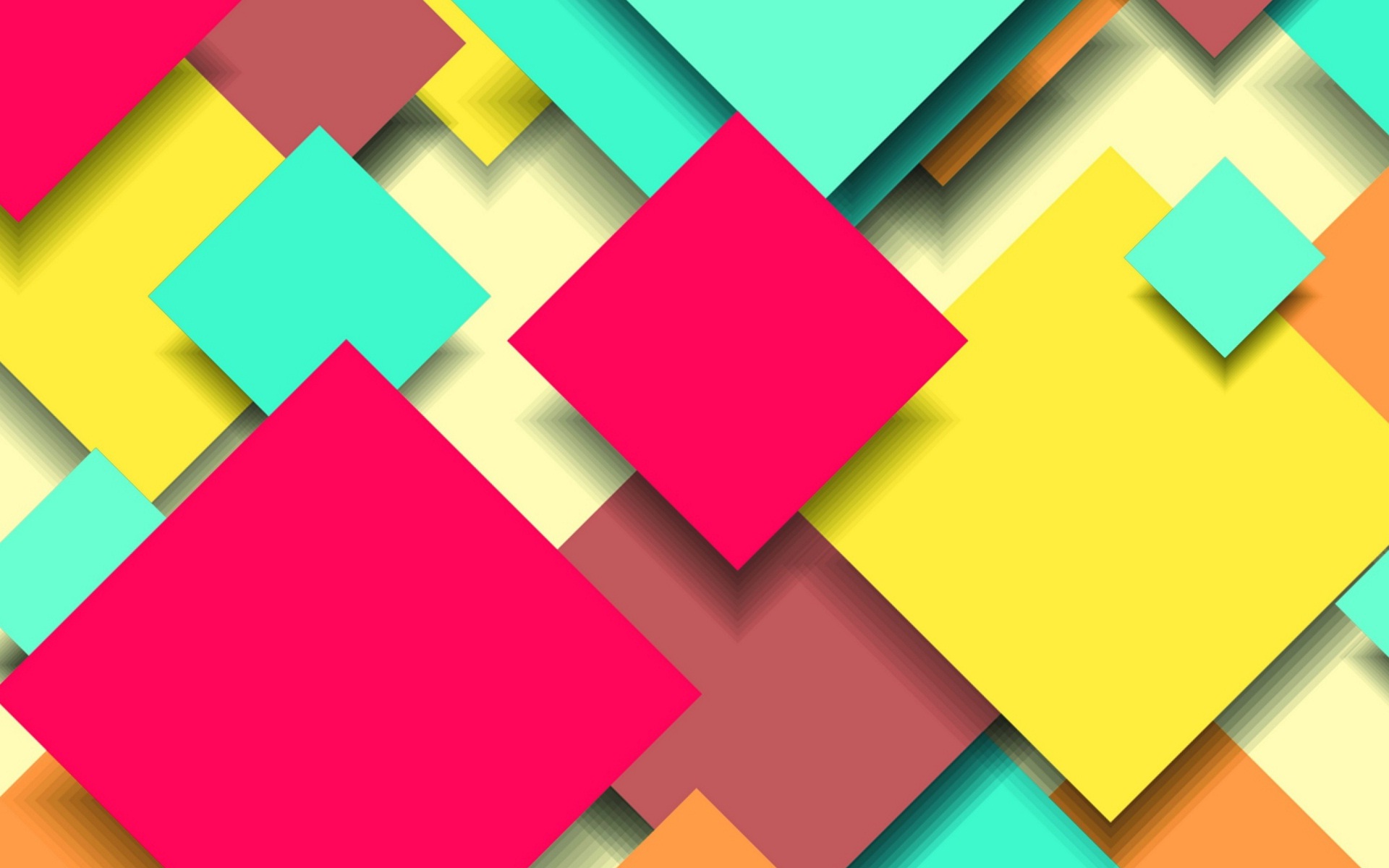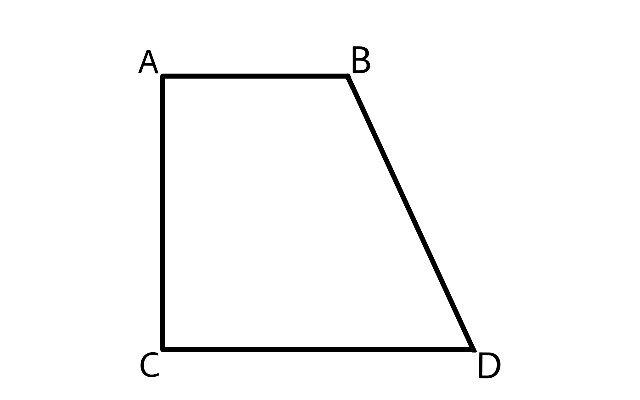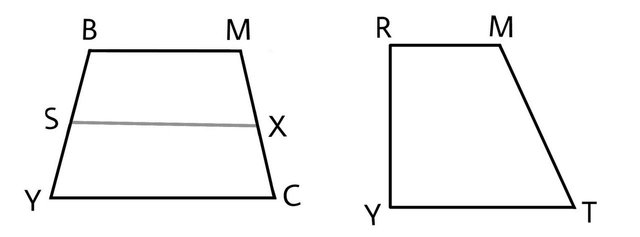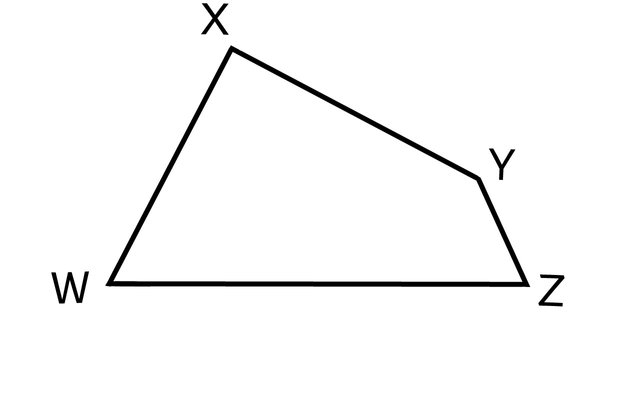An Introduction to Plane Geometry -- Part 6

Image Source
Lesson 6: Quadrilaterals
A quadrilateral is a polygon with four sides. It is named by its consecutive vertices like any other polygon.

Above is a polygon ABCD, BCDA, CDAB, DABC, ADBC, DCBA, CBAD, or BADC
1. parallelogram
A parallelogram is a quadrilateral with two pairs of opposite sides congruent and parallel.

(from left to right)
a.) square; b.) rectangle; c.) rhombus; d.) parallelogram
- A square has four sides congruent with right angles.
- A rectangle has opposite sides congruent and parallel, and with right angles.
- A rhombus is a parallelogram with four sides congruent.
- A square can be considered a rectangle with congruent sides.
2. Trapezoid
A trapezoid is a quadrilateral with one pair of opposite side parallel.

In trapezoid BMCY; BM // CY . Line segments BM and CY are upper base and lower base respectively. If BY ≅ MC, then BMCY is an isosceles trapezoid. Also, ∠Y ≅ ∠C.
Line segment SX is the median of trapezoid BMCY. The length of the median is the average length of the two bases, or:
(length of BM + length of CY) ÷ 2
In trapezoid RMTY ; RM // TY. Line segments RM and TY are bases of trapezoid RMTY, and line segments RY and MT are the legs.
3. Trapezium
A trapezium is a quadrilateral with no sides parallel.

WXYZ is a trapezium.
Answer the following:
1. How does a square differ from a rhombus? 1. How does a square differ from a rhombus?
2. If one side of a regular pentagon is 20 centimeters long, what is the length of its perimeter?
3. Why do we say that a square is a rectangle, but a rectangle cannot be always considered a square?
4. If one side of a square is 10 centimeters long, what is its perimeter?
5. A rectangular area of 500 meters by 1000 meters is to be enclosed to keep the goats safe. If the length along the river is not to be fenced, how long is the fencing material needed to enclose the area?


